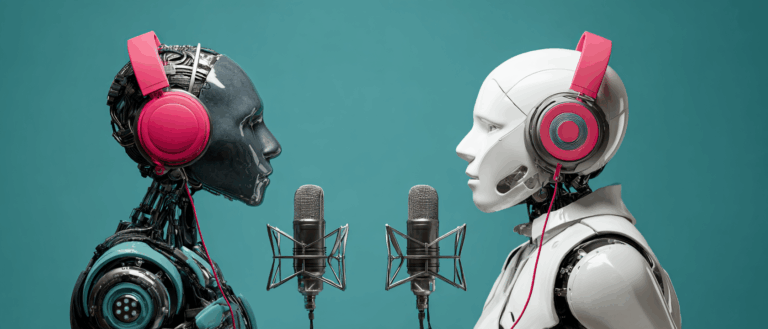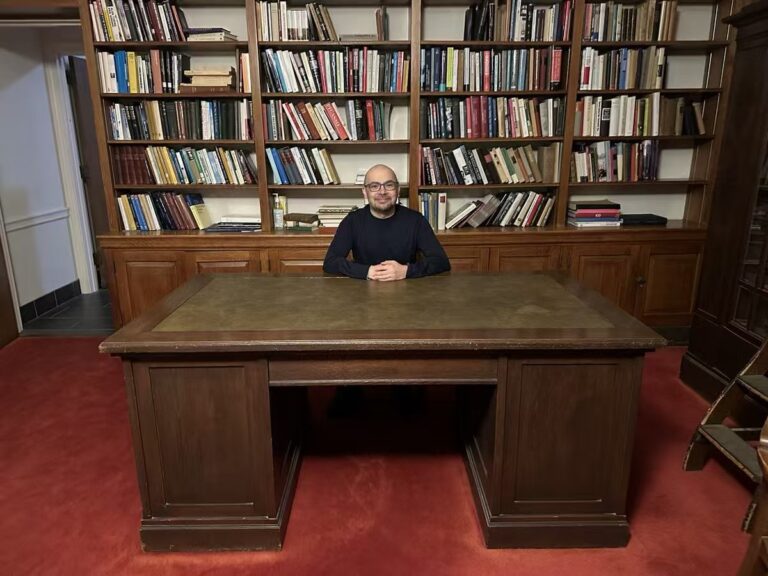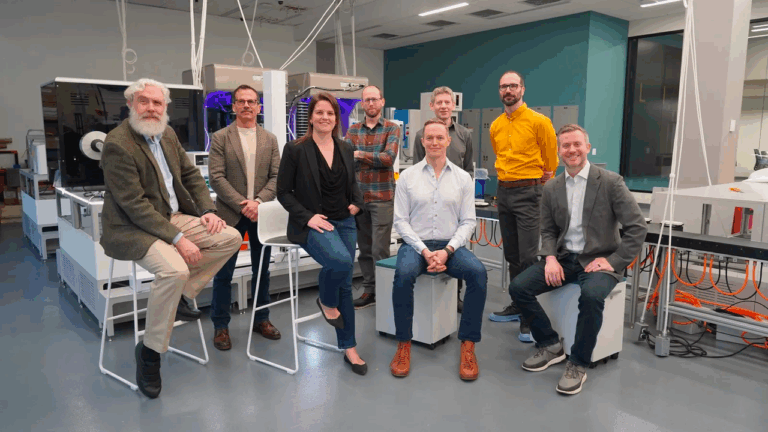Command Palette
Search for a command to run...
South Korea Has 1,000 New Confirmed Cases in a Week and Wants to Use AI to Locate People Who Cough
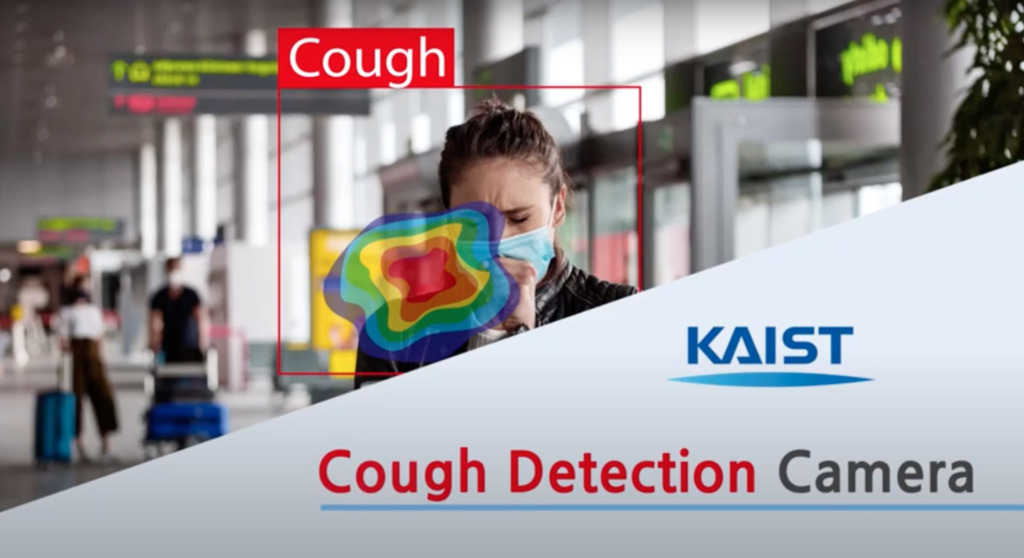
The global development of COVID-19 has not improved. South Korea has seen a rebound in recent days, with a total of 1,576 new cases in the past seven days, and 288 new cases today. The team of the Korea Advanced Institute of Science and Technology has developed a cough recognition model based on deep learning to help early detection of COVID-19 patients.
Due to the need for COVID-19 prevention and control this year, non-contact detection technology has been rapidly implemented. You must have seen various types of temperature guns, such as forehead temperature guns, ear temperature guns, AI infrared thermometers, and so on.
In addition to fever, cough is also one of the main symptoms of COVID-19. However, there is currently no contactless detection method for cough.
Recently, a research group from the Korea Advanced Institute of Science and Technology (KAIST) developed aA cough recognition model based on deep learning methods to enable timely detection of suspected COVID-19 cases.
South Korea's epidemic has resurfaced, with more than 1,000 new cases in the past week
Now that 2020 is more than halfway through, the novel coronavirus does not seem to be coming to an end, with hundreds of thousands of new confirmed cases around the world every day. Recently, the epidemic has rebounded in countries such as South Korea, Germany, and Japan.
It is reported that South Korea had 1,576 new cases per day from August 14 to 20, with a total of 288 new cases on the 20th alone.

The risk of infection in public places such as churches, restaurants, and schools in South Korea has increased. South Korea will face another tense epidemic prevention battle, and various places have strengthened control measures.
"Early detection" is the first step in epidemic prevention and control.The Korea Advanced Institute of Science and Technology research team believes thatCurrently, non-contact temperature detection tools are relatively complete, but there is no such detection method for coughing symptoms.
In order to detect COVID-19 patients in a timely manner and reduce the workload of medical staff, the team of Professor Park Yong-Hwa from the Department of Mechanical Engineering at the Korea Advanced Institute of Science and Technology,A deep learning-based cough recognition model was developed to classify cough sounds in real time.
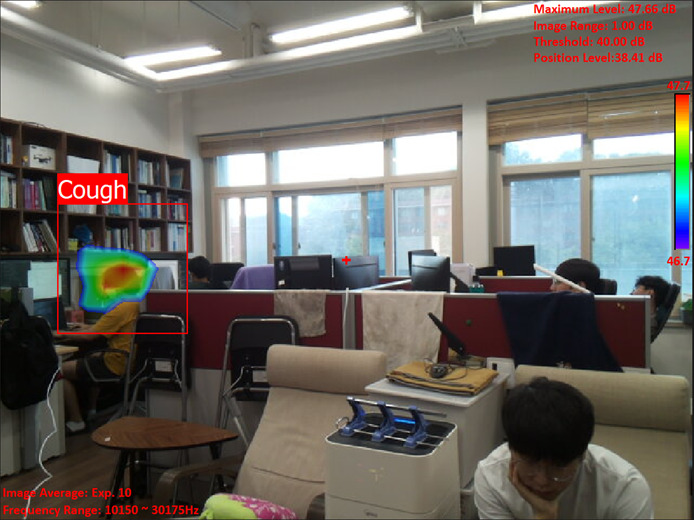
The research team anticipates that the cough recognition model will be used as a medical device to detect the prevalence of infectious diseases in crowded public places or to monitor the condition of patients at all times in hospitals.
Who is coughing? This model can tell exactly what is going on.
The cough classification model is combined with a camera.It can identify coughing sounds in public places, the location of the cougher, and the number of coughs in real time, and visualize them in real time.
The research team stated,Their best test accuracy reached 87.4%.

To develop the cough recognition model,Professor Park's team used convolutional neural networks (CNN) for supervised learning.
The method extracts features through multiple layers of data filtering and finds the closest value. They used the "Audio Set" as training and evaluation data, which is an open audio dataset used by Google and YouTube for research.
The model ultimately performs binary classification by inputting one second of sound profile features and then generates a cough event or other output results.
The specific research process is divided into the following three parts:
Step 1: Collect the dataset
During training and evaluation,The team collected various datasets from Audioset, DEMAND, ETSI and TIMIT.
They extracted coughs and other sounds from Audioset and used the rest of the dataset as background noise for data augmentation so that the model can generalize to public places with various background noises.
To allow the cough recognition model to learn various background noises, the researchers trained the computer by mixing background noise into the "audio set" at a ratio of 15% to 75% and adjusting the volume by 0.25-1.0 times.
Step 2: Model optimization and combined training
In the process of optimizing the network model, Professor Park's team used 7 optimizers.Various combinations of five acoustic features, including spectrogram, mel-scale spectrogram, and Mel-frequency cepstral coefficients, were trained.
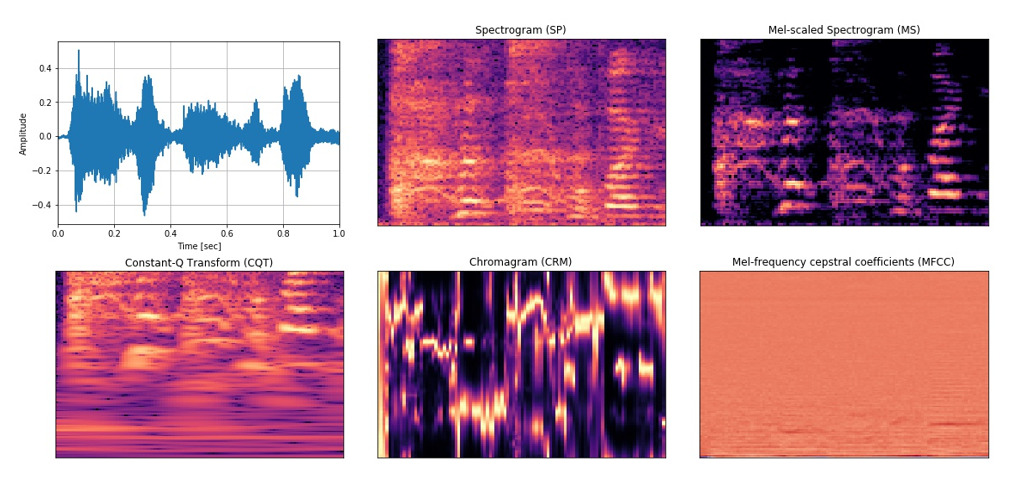
The performance of each combination is then compared with a test dataset, where the highest test accuracy is 87.4% using Mel-scale spectrograms as acoustic features and ASGD as the optimizer.
Step 3: Combine audio and video cameras to achieve real-time tracking
Combine the trained cough recognition model with the audio and video camera.
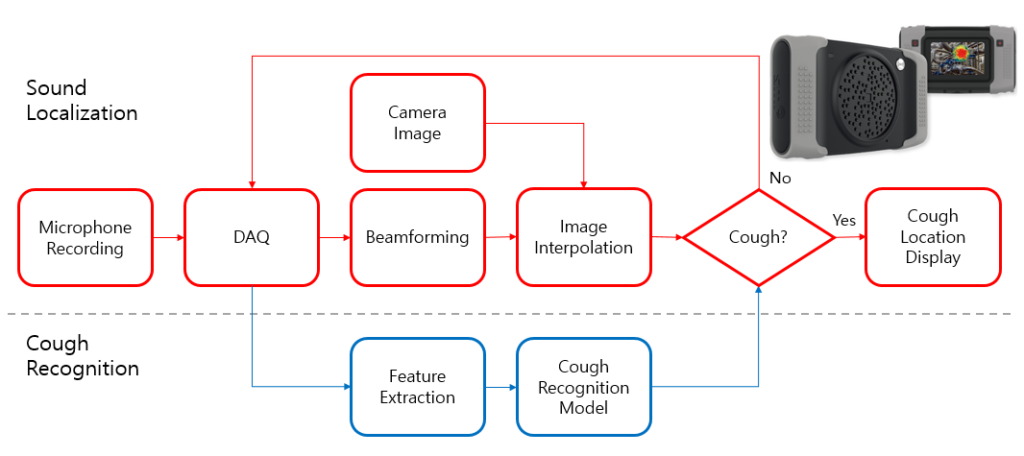
The camera consists of a microphone array and a camera module, which performs beamforming on a set of collected acoustic data to determine the direction of the incoming sound source.
Next, the cough recognition model determines whether the sound is a cough. If so, the location of the cough is visualized as a video image and the location of the cough source in the video image is labeled "cough".
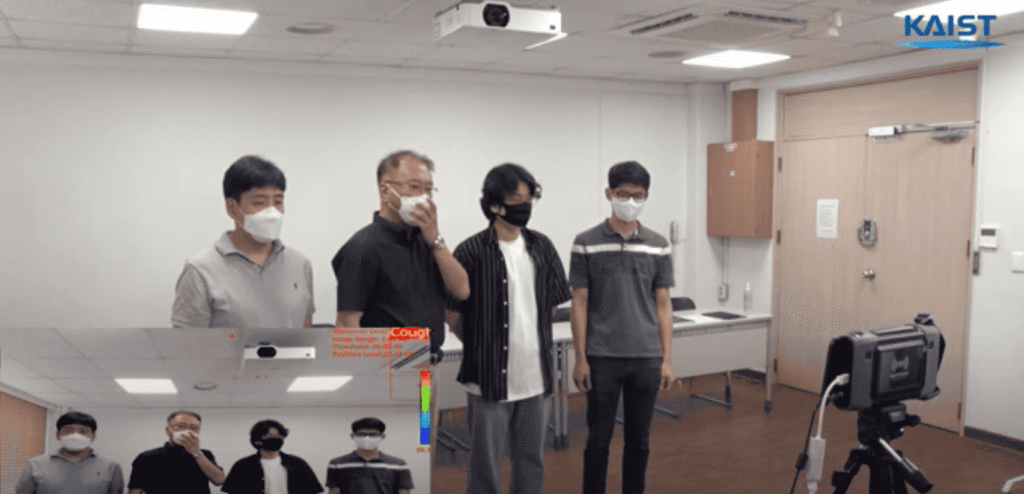
The research team found thatEven in noisy environments, the model can successfully identify coughs and other sounds.
If more training is done in environments such as hospitals and classrooms, the accuracy will be even higher. This technology has been supported by the Korean Energy Technology Department.
Professor Park said: "In an epidemic like COVID-19, cough detection cameras can help prevent and detect epidemics early in public places.Especially when applied to hospital wards, the patient's condition can be tracked 24 hours a day.Supporting more accurate diagnoses while reducing the workload for medical staff.”

However, having said that, the standard for fever is very clear. A body temperature over 37.3℃ is considered a fever.
But there are many types of coughs, such as dry cough, wet cough, wind-cold cough, wind-heat cough, throat-clearing cough, and awkward cough to ease the atmosphere...
I hope this model can be further studied to identify different types of coughs, or combined with temperature measurement. After all, even healthy people will cough occasionally.

References:
-- over--

